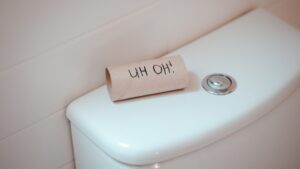
Toilet Flushes Slow:5 Reasons And Solutions
Sometimes, when your toilet flushes slow, it can feel more like a sluggish stream than a powerful waterfall. This means you’re dealing with a weak

Remove rust from toilet bowls effectively, as orange streaks of rust are unsightly, particularly when expecting guests. Without regular care, rust stains can accumulate in toilets over time.
Routine cleaning with appropriate products is key to preventing these stains. Many cleaning agents might fail to eliminate rust stains efficiently, and some could even make them permanent.
Therefore, it is vital to understand the causes of rust stains and the correct methods to clean them is vital. Here’s your guide to removing rust stains from your toilet:
Rust stains in toilet bowls arise from water containing high levels of untreated metal components in toilet tanks, iron bacteria, rusty water heaters, iron plumbing pipes, or iron particulates. These stains are typically more prevalent in homes situated in hard-water areas that rely on well water.
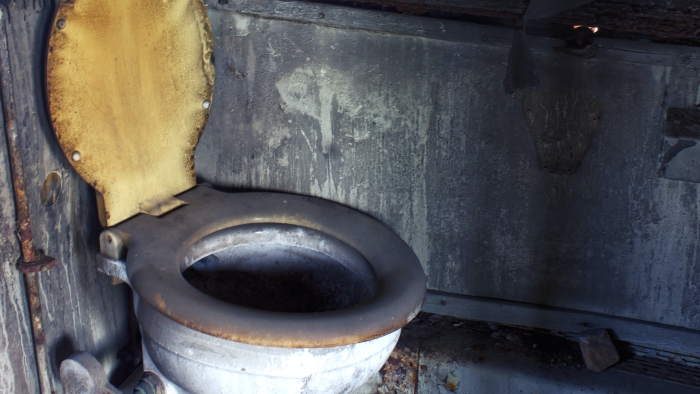
The combination of water minerals and iron bacteria can lead to rust particles adhering to bathroom fixtures’ enamel or porcelain surfaces of bathroom fixtures. The stains will likely recur if the water isn’t filtered or softened through a water-softening system. The stains will likely recur, even after thorough cleaning.
To tackle rust in your toilet bowl, you will need:
Tools/Equipment
Materials
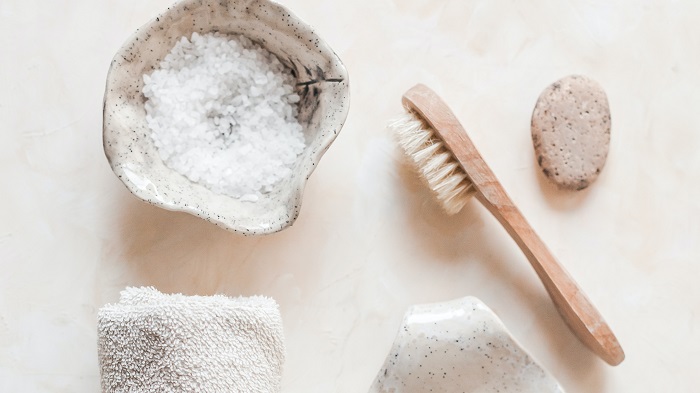
Instructions
To remove rust stains from your toilet tank, gather the following:
Tools/Equipment
Materials
Instructions
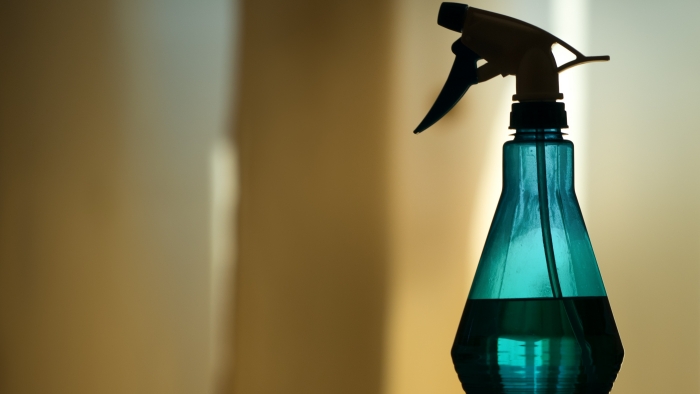
To effectively remove rust from toilet surfaces, it’s essential to use the right tools and methods. Whether tackling rust stains in the toilet bowl or tank, a combination of household items like citric acid, distilled white vinegar, and gentle abrasives, along with commercial rust removers, can be highly effective.
Regular cleaning and maintenance, water treatment, and monitoring of plumbing and water heaters are crucial preventive measures. The innovative use of toilet lights emitting blue light also offers a novel approach to inhibiting rust-causing bacteria.
By diligently following these steps and maintaining a regular cleaning schedule, you can successfully remove rust from toilet areas and prevent future occurrences, keeping your bathroom fixtures clean and rust-free.
Can natural home remedies be effective for removing rust from toilets?
Yes, natural remedies like a mixture of lemon juice and baking soda can be effective for mild rust stains. These ingredients are often safe for porcelain and can be a gentle alternative to harsh chemicals.
How often should I clean my toilet to prevent rust formation?
Regular cleaning is key. It’s recommended to clean your toilet at least once a week with appropriate cleaning agents to prevent rust and mineral build-up.
Are there any specific techniques for using pumice stones on toilet surfaces?
Yes, when using a pumice stone, wet both the stone and the toilet surface first. Gently scrub the stain in a circular motion to avoid scratching the porcelain.
What should I do if commercial rust removers don’t work?
If commercial rust removers are ineffective, it may be time to consult a professional plumber, especially if the stains are persistent. They might be indicative of larger plumbing issues.
Why does my toilet whistle and could it relate to rust issues?
A whistling sound in a toilet usually indicates a problem with the fill valve, often due to mineral deposits or aging components. While not directly related to rust, the same hard water-causing rust can contribute to these mineral deposits. Regular maintenance and cleaning can help prevent both rust and operational issues like whistling.


Sometimes, when your toilet flushes slow, it can feel more like a sluggish stream than a powerful waterfall. This means you’re dealing with a weak

Blue toilet water, often seen as a sign of cleanliness, is usually the result of using those tank cleaning tablets. While they might appear to

How to unclog toilet is not often a thought until trouble strikes. When our toilet clogs or malfunctions, it becomes more than just a small

Contrary to common belief, your clean toilet isn’t the most bacteria-ridden place in your house. In fact, your smartphone, keyboard, or backpack harbor far more
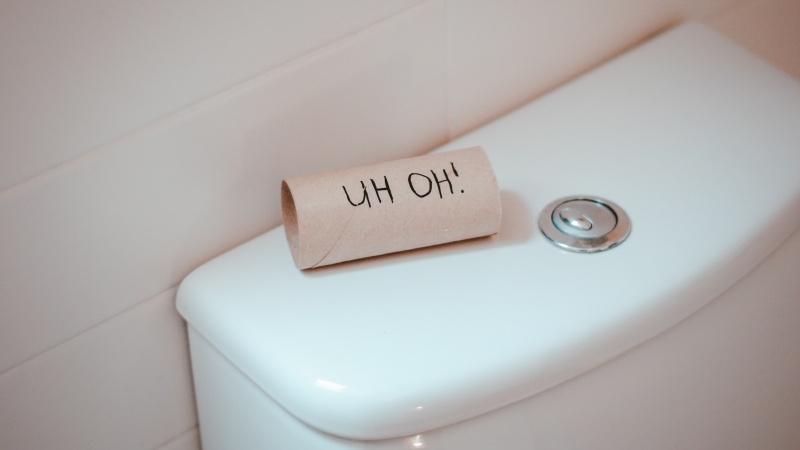
Sometimes, when your toilet flushes slow, it can feel more like a sluggish stream than a powerful waterfall. This means you’re dealing with a weak

Blue toilet water, often seen as a sign of cleanliness, is usually the result of using those tank cleaning tablets. While they might appear to
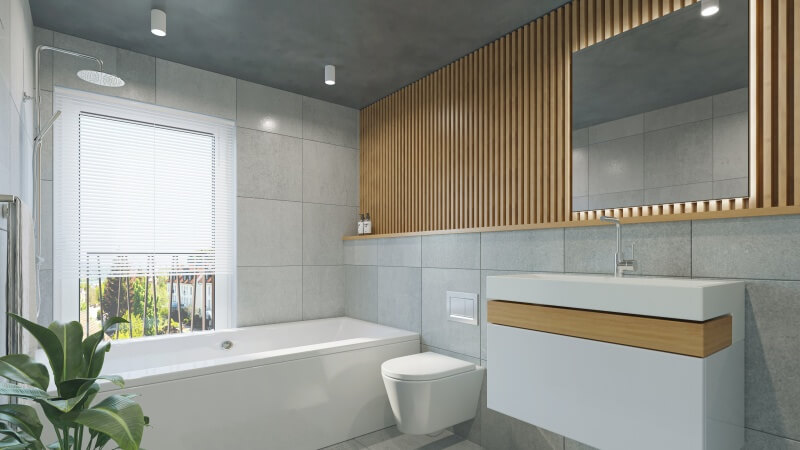
How to unclog toilet is not often a thought until trouble strikes. When our toilet clogs or malfunctions, it becomes more than just a small

Contrary to common belief, your clean toilet isn’t the most bacteria-ridden place in your house. In fact, your smartphone, keyboard, or backpack harbor far more
Copyright © 2024 toiletlighton. All Rights Reserved.